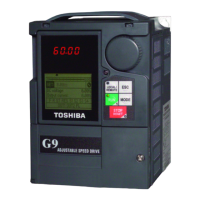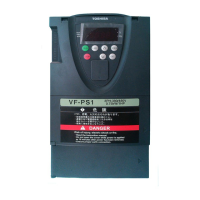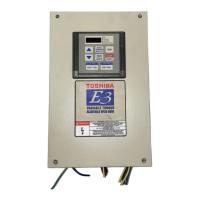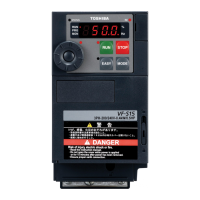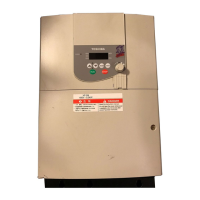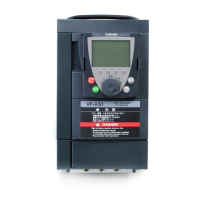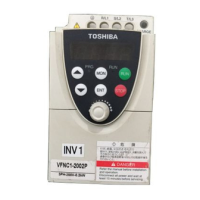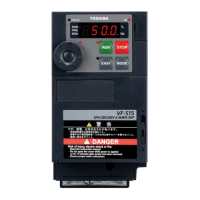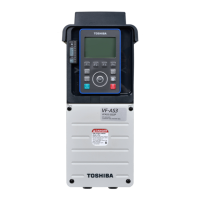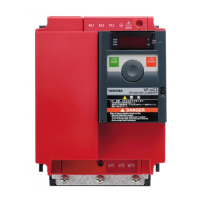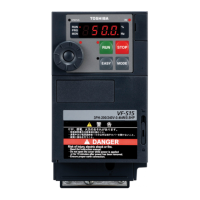14 P9 ASD Quick Start Guide
System Grounding
Proper grounding helps to prevent electrical shock and to reduce electrical noise. The ASD is designed
to be grounded in accordance with Article 250 of the NEC or Section 10/Part One of the Canadian
Electrical Code (CEC).
The grounding conductor shall be sized in accordance with Article 250-122 of the NEC or Part One-
Table 6 of the CEC.
— The Metal Conduit Is Not An Acceptable Ground —
The input, output, and control lines of the system shall be run in separate metal conduits and each shall
have its own ground conductor.
ASDs produce high-frequency noise — take steps to avoid the negative effects of noise. Listed below
are some examples of measures that will help to combat noise problems.
• DO NOT install the input power and output power wires in the same duct or in parallel with each
other, and do not bind them together.
• DO NOT install the input/output power wires and the wires of the control circuit in the same duct
or in parallel with each other, and do not bind them together.
• Use shielded wires or twisted wires for the control circuits.
• Ensure that the grounding terminals (G/E) of the ASD are securely connected to ground.
• Connect a surge suppressor to every electromagnetic contactor and every relay installed near the
ASD.
• Install noise filters as required.
Grounding Capacitor
If operating using an ungrounded 3-phase power source or within a high-resistance grounding system,
the Grounding Capacitance must be set to Small or Out (typeform-specific) as shown on pg. 15. If set to
High or In, a system malfunction, component failure, or fire may result.
The Grounding Capacitor plays a role in minimizing the effects of leakage current through the ASD
system and through ground paths to other systems. Leakage current may cause the improper operation
of earth-leakage current breakers, leakage-current relays, ground relays, fire alarms, and other sensors
— and it may cause superimposed noise on CRT screens.
The Grounding Capacitor Switching allows the user to quickly change the value of the leakage-
reduction capacitance of the 3-phase input circuit. See figures 4, 5, 6, and 7 on pg. 15 for an electrical
depiction of the leakage-reduction functionality and the methods used to change the capacitance value.
The method used is typeform-specific.
If using a 460-volt 5 HP ASD or a 460-volt ASD that is in the range of 7.5 HP to 25 HP, and the U/T1,
V/T2, and W/T3 connections to the motor are 100 meters or more in length, the ASD Carrier
Frequency must be set to 4 kHz or less when activating or deactivating the Grounding Capacitor
Switching. ASD overheating may occur if the Carrier Frequency is set above 4 kHz when activating
or deactivating the Grounding Capacitor Switching.
See pg. 5 for more information on the Grounding Capacitor Switching and pg. 12 for the switch
location.
Phone: 800.894.0412 - Fax: 888.723.4773 - Web: www .ctiautomation.net - Email: info@ctiautomation.net
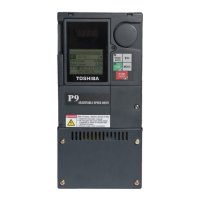
